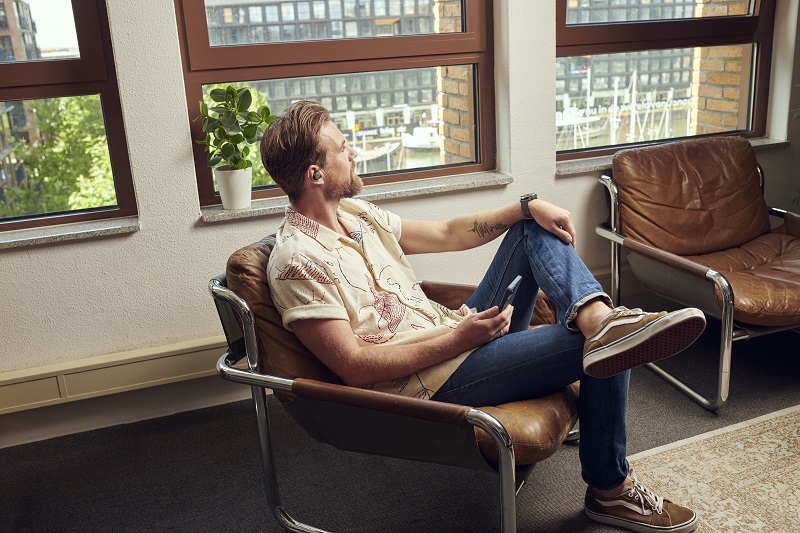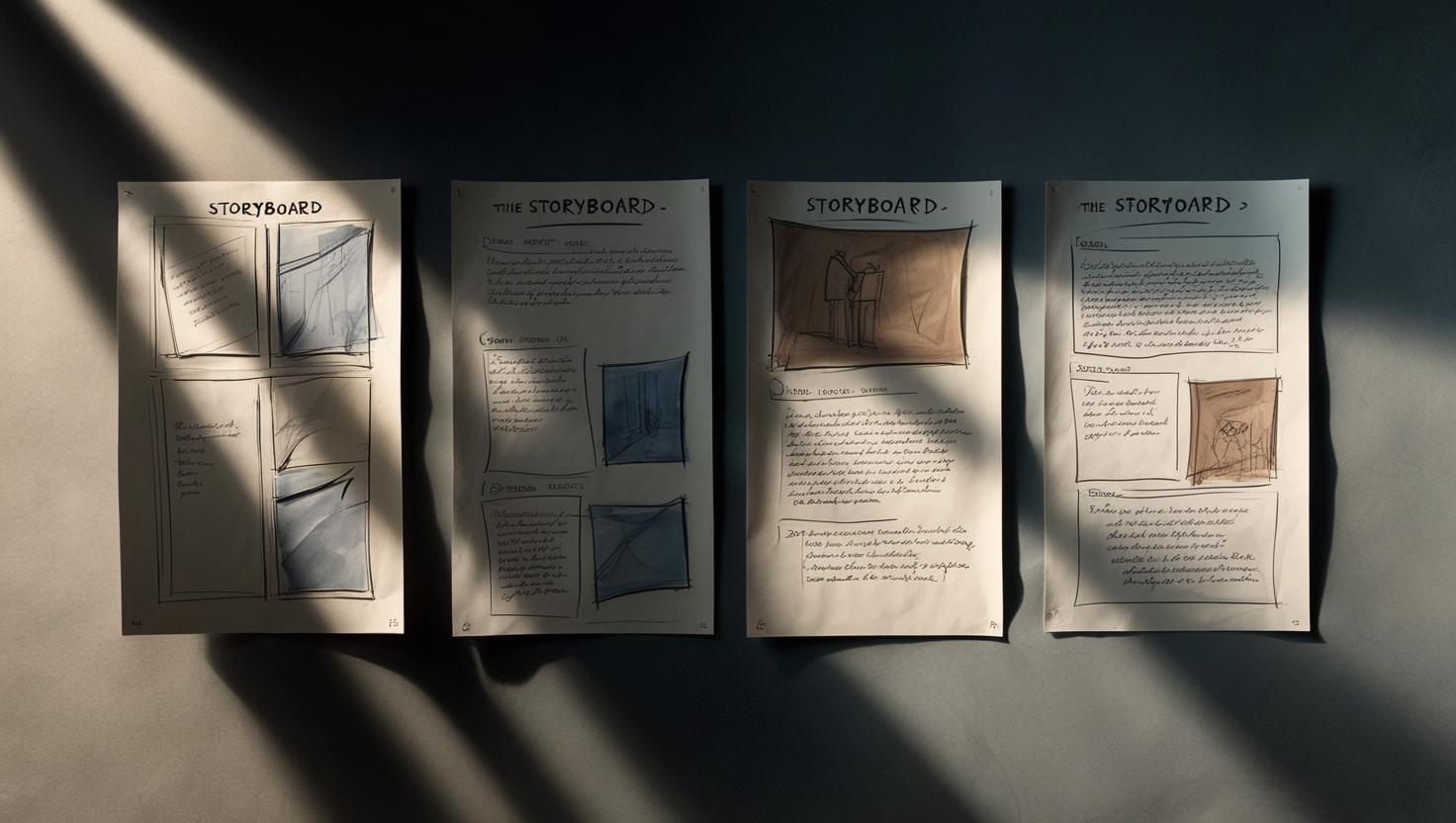In this blog: what can you learn from Mickey Mouse? How can you make your web video more appealing by working in the spirit of Walt Disney? Can you develop better relationships with clients by using the philosophy behind the Disney theme parks? This post will go through some of Walt Disney’s approaches to innovation, and what you can learn from it.
Experiment and learn
A quick look at the history of Disney (an entertainment giant with earnings are forecast to grow at an exceptional rate of 67.62% per year) gives you the impression that it was one long chain of successes. But nothing could be further from the truth. Walt Disney’s first animation studio, ‘Laugh O’ Grams’, never made a profit.
The development of ‘Oswald the Lucky Rabbit’ saw him lose everything: his studio, his animators and the rights to his own creations. And the first Disneyland park opened 20 years after Walt had first come up with the idea. What’s more, when it did, it was perhaps the biggest gamble in American business history.
As with many success stories, Disney’s rise to the top was strewn with bumps and pitfalls. However, by experimenting and learning he moved steadily forward. In fact, from the ashes of ‘Oswald the Lucky Rabbit’ rose a character that was to make him famous: Mickey Mouse. But not before Walt was warned from all sides: the mouse would scare women and so would never be a success.

Pro tip: experiment a lot if you’re making (video) content. In terms of both the content itself (the script, length, edit, voices, music), and the media channels (content that has little effect on one channel, may well score big on another).
Go for multichannel and lots of touchpoints
Disney started out by producing animated movies. Later, came the theme parks, merchandising and TV channels. Today Disney consists of tens of companies. This kind of multichannel approach has many benefits. We can watch the movies, in the cinema or (on demand) on the TV, and across all other devices. We can visit the parks. We can buy merchandise across the retail chain.
The ubiquity is good for brand awareness. From a business perspective this is a great way to spread risk: for example, as the parks have been closed due to the pandemic, more people have taken out subscriptions to Disney+. What’s more, it provides optimal segmentation across target groups: Star Wars for the tough boys, Snow White for little girls. Disney’s content strategy is truly savvy, with its multichannel approach.

Pro tip: OK, you don’t just decide to build a theme park. But you can find simpler ways to have real contact with your target audience. Think about in-store experiences; brand activation at a festival; or holding your own event. We are also seeing an increasing number of good virtual or hybrid forms of content emerging. Which type could you try out?
Create standout content
At the heart of the Disney brand lies, of course, creativity and storytelling. As much in the development of the animated characters, as in the execution of ideas, in this the company is unique. There are countless competitors, but not one comes remotely near the grandeur of Disney. And if there should be a risk of that, Disney just takes them over. As was the case with Pixar.

Pro tip: when making content it is also good to try and be unique. Whether that is in the content, form, timing or media channel. The search engines analyse based on the degree of originality. But for your branding too, it’s smart to make unique content every time.
Walt Disney’s innovation strategy
As is the case with many big artists, Walt Disney wanted to avoid repeating himself. For Innovation at Disney to work, every new project had to have new elements within it. He wanted to do something he had never done before.
“It’s fun to do the impossible”, is an often quoted Disney saying. Innovation was the main theme running through his life. Disney’s innovation strategy was a big part of what made Disney what it is today, being part of the very DNA of the company:

Pro tip: it is fun to make new forms of content and see if they gain traction. That is the game you want to be continuously playing. With small A/B tests you can quickly discover what works. Constantly add new ingredients to the mix, e.g. a different sort of text, image or video. Just make sure to dose it correctly, so your brand is always recognisable and consistent.
Monetise
“If you can dream it, you can do it”, is another well-known quote from Walt Disney. In addition to being an artist he was also a clever businessman. He recognised that it costs a lot to make your dreams come true, and that meant high sales would be necessary to generate income.
So, for example, he made sure his animations were not just enjoyable for kids, but for all age groups. He also discovered the money-machine called merchandising. We have surely all fallen in love with Disney’s characters, and like to have them close to us.

Pro tip: with all the content that you make, ask yourself how it will ultimately make money. That doesn’t mean that you need to sell a product or service with every piece of content. But be aware of the place that content has within your customer journey. Which step do you want the reader or viewer to take? What is the call to action?
Deploy tech
With every new production Disney is sure to make use of the latest technologies. That was already the case with the sound synchronisation in ‘Steamboat Willy’. And that is still the case today with productions like ‘Soul’. Disney’s technology innovation is also prevalent with every new attraction at the Disneyland and Disneyworld parks.

Pro tip: of course you use data and dashboards as part of your content strategy. After all, measuring = knowledge. However, what we can learn from the 70 strong, m/f, content team at Disney is that it’s an illusion that you have total control. You may do your best with SEO but you are also subject to the whims of the continuously changing algorithms.
The Disney Formula
If you look at the success factors of Disney, you see there is a Disney Formula:
Creation+Innovation+Technology+Commercialisation = Magic. In other words, an innovative concept, produced using the latest technology, and with commercial potential. If all these elements are combined well, pure magic emerges. Disney exemplifies this. From 1928 to this very day.

Pro tip: apply the Disney Formula to develop your content. Integrate it into your content strategy, your calendar, and every new piece of content that you send out into the world. You may not become as successful as Disney, but you will definitely become more effective than you were before.




